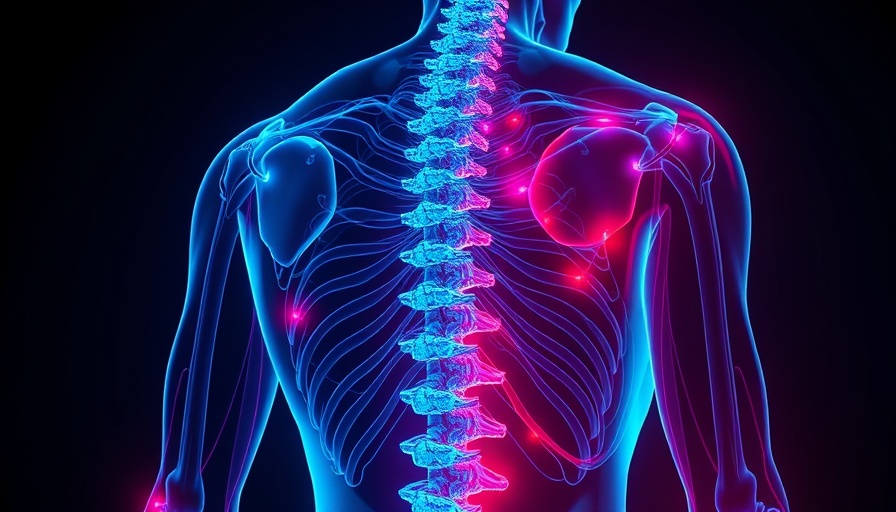
Understanding Spinal Cord Stimulator Overstimulation
Spinal cord stimulators (SCSs) have dramatically transformed chronic pain management by delivering mild electrical impulses that interrupt pain signals. For many, they offer newfound relief and an improved quality of life. However, awareness of complications, like overstimulation, is essential.
What is SCS Overstimulation?
Dr. Ryan Michaud, a leading pain management specialist, describes SCS overstimulation as any unpleasant sensation induced by the electrical impulses of the device. Patients might experience tingling, buzzing, or in rare instances, mild shock-like sensations
Causes of Overstimulation
Several factors can lead to overstimulation, including:
- Initial Programming: Setting the electrical current too high during the device's initial programming can cause discomfort.
- Device Evolution: Older SCS models were voltage-driven, which often resulted in uncomfortable sensations. Newer sub-threshold systems provide refined stimulation without unpleasant side effects.
- Scar Tissue Formation: As scar tissue develops around the device leads, it can alter the position or efficacy of the electrical current, leading to overstimulation.
- Anatomical Variations: Individual differences in spinal anatomy, such as a narrower epidural space, can concentrate electrical current and potentially cause discomfort.
The Importance of Patient Awareness
Understanding these factors plays a vital role in optimizing pain management. Patients should communicate openly with their healthcare providers about any discomfort they experience, ensuring timely adjustments are made. This proactive approach can greatly enhance the effectiveness of SCS therapy, enabling them to better manage their pain conditions.
Conclusion: Empowering Choices in Pain Management
Being informed about spinal cord stimulator overstimulation empowers patients to voice their concerns, thus ensuring they receive optimal treatment tailored to their needs.
 Add Row
Add Row  Add
Add 




 Add Row
Add Row 


 Add
Add
Write A Comment